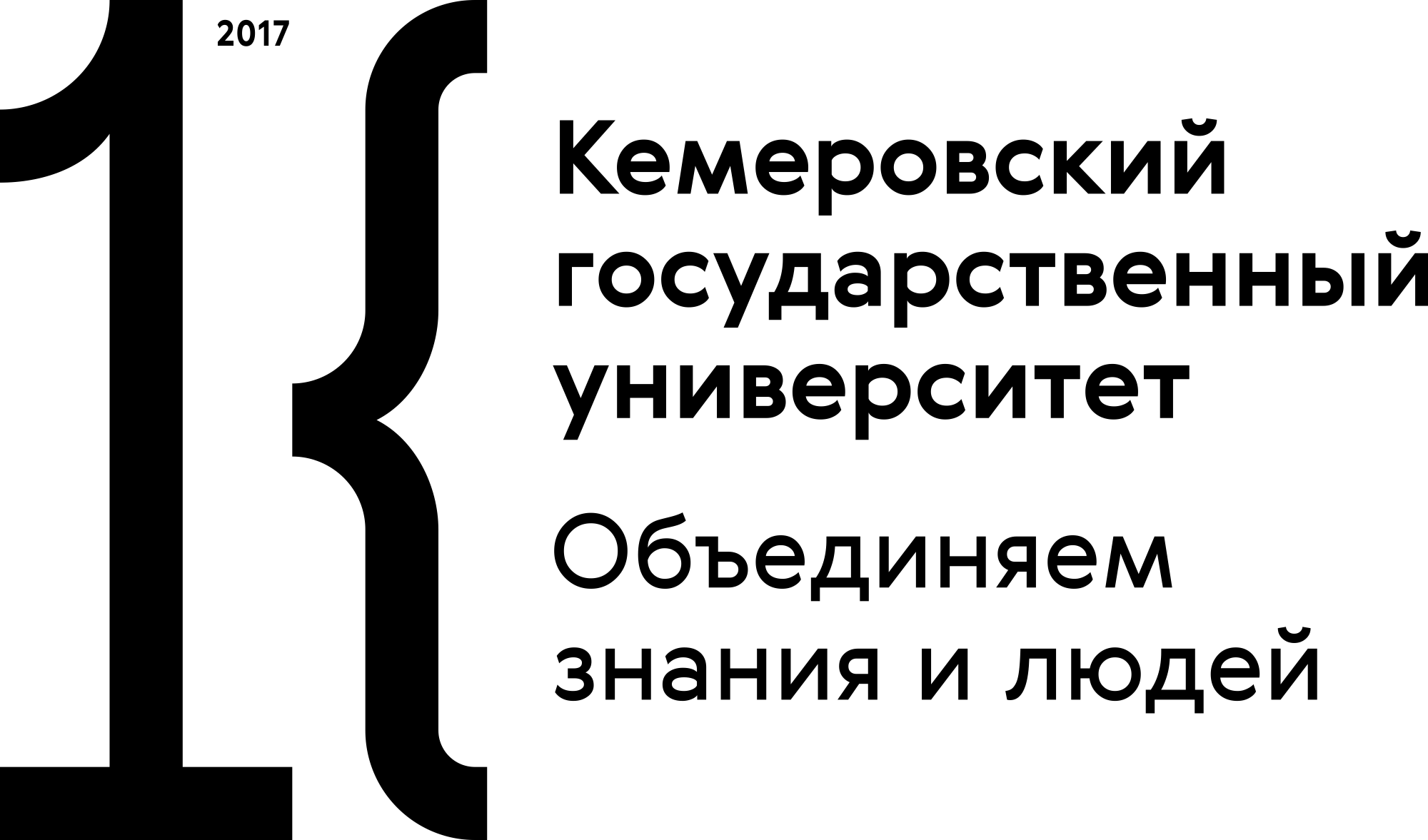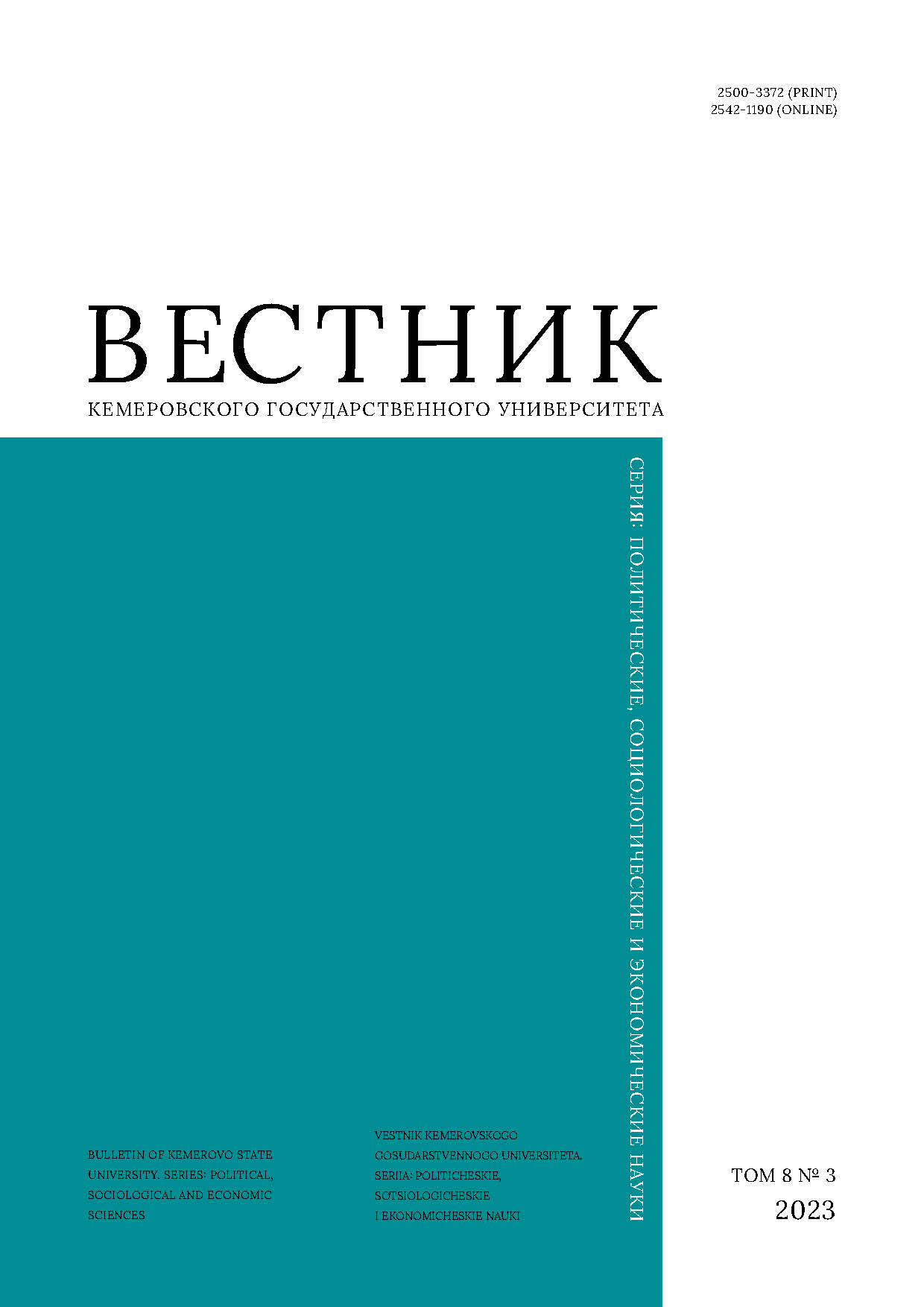Perm', Perm, Russian Federation
Perm, Perm, Russian Federation
In conditions of rapidly changing external environment, increasing international tension, and more complicated public policy, the theory of public administration must quickly adapt. Traditional models of public administration based on strict hierarchical subordination are extremely ineffective, which necessitates their radical rethinking and redesign. These changes affect the requirements for the qualification profile of civil servants. The key trend is the rejection of team management methods in favor of methods based on participation, involvement, effective motivation. The purpose of the study is to analyze the theory of public administration basic concepts (models); to establish the functions and tasks of civil servants and arrange them; to identify key trends in the society development that affect the qualification profile of civil servants. The research is based on scientific works, statistical data of national and foreign agencies and institutes, empirical data. Scientific methods: literature analysis, comparative analysis, synthesis, generalization, observation; methods, used in the article are of scientific abstraction and abstract thinking. The novelty of the research lies in the conclusion that the paradigm of public administration shifts towards social partnership and decentralization of public administration, increasing the responsibility of civil servants.
civil servants, public administration, public administration concepts, qualification profile, management efficiency, motivation, digitalization, competencies
1. Needham C., Mangan C. The 21st century public servant. Birmingham: University of Birmingham, 2014, 28.
2. Weber M. Economy and society: an outline of interpretive sociology. Berkley: University of California, 1922, 1469.
3. Hood C. A Public Management for all seasons? Public Administration, 1991, 69(1): 3-19. https://doi.org/10.1111/j.1467-9299.1991.tb00779.x
4. Olsen J. P. Maybe it is time to rediscover bureaucracy? Journal of Public Administration Research and Theory, 2005, 16(1): 1-24. https://doi.org/10.1093/jopart/mui027
5. Hood C., Lodge M. Competency, bureaucracy, and public management reform: a comparative analysis. Governance, 2004, 17(3): 313-333. https://doi.org/10.1111/j.0952-1895.2004.00248.x
6. Merton R. K. Bureaucratic structure and personality. Social Forces, 1940, 18(4): 560-568. https://doi.org/10.2307/2570634
7. Rhodes R. A. W. Recovering the craft of public administration. Public Administration Review, 2015, 76(4): 638-647. http://dx.doi.org/10.1111/puar.12504
8. Pfiffner J. P. Traditional public administration versus the new public management: accountability versus efficiency. Institutionenbildung in Regierung und Verwaltung: Festschrift fur Klaus Konig, eds. Benz A., Siedentopf H., Sommermann K. P. Berlin: Duncker & Humbolt, 2004, 443-454.
9. King A. Overload: problems of governing in the 1970s. Political Studies, 1975, 23(2-3): 284-296. https://doi.org/10.1111/j.1467-9248.1975.tb00068.x
10. Hughes O. E. Public management and administration. N. Y.: Palgrave Macmillan, 1998, 288. https://doi.org/10.1007/978-1-349-26896-2
11. Osborne D., Gaebler T. Reinventing Government. N. Y.: Penguin Press, 1992, 405.
12. Hood C. The "new public management" in the 1980s: variations on a theme. Accounting, Organizations and Society, 1995, 20(2-3): 93-109. https://doi.org/10.1016/0361-3682(93)E0001-W
13. Fortin Y., Van Hassel H. Contracting in the New public management: from economics to law & citizenship. Amsterdam: Ios, 2000, 285.
14. Hondeghem A., Vandermeulen F. Competency management in the Flemish and Dutch civil service. International Journal of Public Sector Management, 2000, 13(4): 342-353. http://dx.doi.org/10.1108/09513550010350355
15. Aberbach J. D., Christensen T. Citizens and consumers. Public Management Review, 2005, 7(2): 225-246. https://doi.org/10.1080/14719030500091319
16. Pardeep S., Vayunandan E. Administrative theory. New Delhi: PHI Learning, 2010, 544.
17. Lukashenko A. M. Chief’s professional competencies as factor of company’s competitiveness. Journal of Modern Competition, 2009, (6): 96-105. (In Russ.) https://www.elibrary.ru/kzjert
18. Bonder A., Bouchard C.-D., Bellemare G. Competency-based management - an integrated approach to human resource management in the Canadian public sector. Public Personnel Management, 2011, 40(1): 1-10. http://dx.doi.org/10.1177/009102601104000101
19. Dingelstad J., Borst R. T., Meijer A. Hybrid data competencies for municipal civil servants: an empirical analysis of the required competencies for data-driven decision-making. Public Personnel Management, 2022, 51(4): 458-490. https://doi.org/10.1177/00910260221111744
20. Kruyen P. M., Van Genugten M. Opening up the black box of civil servants’ competencies. Public Management Review, 2020, 22(1): 118-140. https://doi.org/10.1080/14719037.2019.1638442
21. Rhodes R. A. W. Waves of governance. The Oxford handbook of governance, ed. Levi-Faur D. Oxford: Oxford University, 2012, 33-49. https://doi.org/10.1093/oxfordhb/9780199560530.013.0003
22. Denhardt R., Denhardt J. The new public service: an approach to reform. International Review of Public Administration, 2003, 8(1): 3-10. http://dx.doi.org/10.1080/12294659.2003.10805013
23. Denhardt R., Denhardt J. The new public service: serving rather than steering. Public Administration Review, 2000, 60(6): 549-559. http://dx.doi.org/10.1111/0033-3352.00117
24. Denhardt R., Denhardt J. The New Public Service: Serving, Not Steering. N. Y.: M. E. Sharpe, 2007, 222.
25. Van Kersbergen K., Van Waarden F. "Governance" as a bridge between disciplines: cross-disciplinary inspiration regarding shifts in governance and problems of governability, accountability and legitimacy. European Journal of Political Research, 2004, 43(1): 143-171. https://doi.org/10.1111/j.1475-6765.2004.00149.x
26. Osborne S. P. New public governance?: Emerging perspectives on the theory and practice of public governance. L.: Routledge, 2010, 448.
27. Bovaird T. Public governance: balancing stakeholder power in a network society. International Review of Administrative Sciences, 2005, 71(2): 217-228. https://doi.org/10.1177/0020852305053881
28. De Vries M., Nemec J. Public sector reform: an overview of recent literature and research on NPM and alternative paths. International Journal of Public Sector Management, 2013, 26(1): 4-16. http://dx.doi.org/10.1108/09513551311293408
29. Horton S. Competency management in the public sector: European variations on a theme, eds. Farnham D., Hondeghem A. Amsterdam: Ios, 2002, 189.
30. New public governance, the third sector and co-production, eds. Pestoff V., Brandsen T., Verschuere B. N. Y.: Routledge, 2012, 424.
31. Williams P. The competent boundary spanner. Public Administration, 2002, 80(1): 103-124. https://doi.org/10.1111/1467-9299.00296
32. Kickert W. J. M. Public governance in the Netherlands: an alternative to Anglo-American "managerialism". Public Administration, 1997, 75(4): 731-752. https://doi.org/10.1111/1467-9299.00084
33. Gershanok A. A., Lomonosova I. G. Leadership and management in the public service. Social and economic systems, 2022, (6-7): 213-221. (In Russ.) https://www.elibrary.ru/lawkii
34. Lips M. Digital government: managing public sector reform in the digital era. L.: Routlege, 2019, 302. https://doi.org/10.4324/9781315622408
35. Choi Y., Lee H., Irani Z. Big data-driven fuzzy cognitive map for prioritising IT service procurement in the public sector. Annals of Operations Research, 2018, (270): 75-104. https://doi.org/10.1007/s10479-016-2281-6
36. Provost F., Fawcett T. Data science and its relationship to big data and data-driven decision-making. Big Data, 2013, 1(1): 51-59. https://doi.org/10.1089/big.2013.1508
37. Berner M., Graupner E., Maedche A. The information panopticon in the big data era. Journal of Organization Design, 2014, 3(1): 14-19. http://dx.doi.org/10.7146/jod.9736
38. Orlikowski W. J. Using technology and constituting structures: a practice lens for studying technology in organizations. Organization Science, 2000, 11(4): 404-428. https://doi.org/10.1287/orsc.11.4.404.14600
39. Desouza K. C., Jacob B. Big data in the public sector: lessons for practitioners and scholars. Administration & Society, 2017, 49(7): 1043-1064. https://doi.org/10.1177/0095399714555751
40. Kim G.-H., Trimi S., Chung J.-H. Big-data applications in the government sector. Communications of the ACM, 2014, 57(3): 78-85. https://doi.org/10.1145/2500873

















